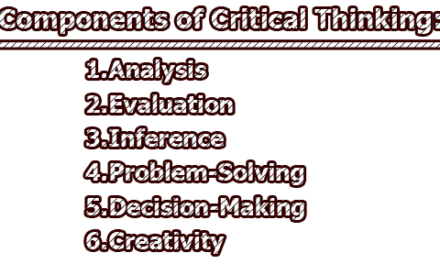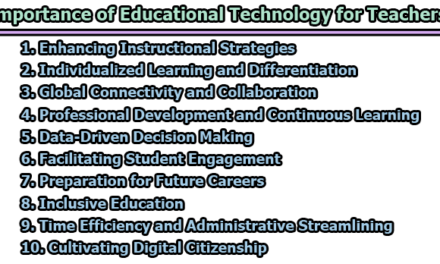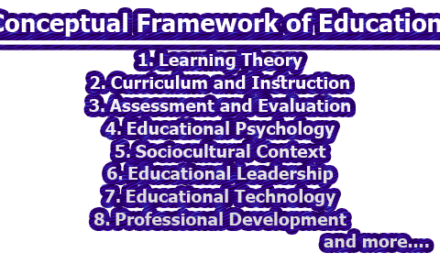Decision-making Indicators:
Decision-making is an essential skill for any individual, group, or organization. It involves the process of identifying a problem, generating and evaluating possible solutions, and choosing the best course of action. The decision-making process is influenced by a range of factors, including urgency, guidelines, standard operating procedures, individual or group involvement, observation, experience, knowledge, past experiences, identification of factors requiring change, generation, and evaluation of alternatives, successful implementation, and evaluation of decision effectiveness. In this article, we will explore each of these decision-making indicators.
- Individual or Group Involved Needs to Recognize That a Decision is Required: The first step in decision-making is recognizing that a decision is required. This can be difficult, particularly in situations where the problem is complex or the decision is not clear. In such cases, it is essential to involve all individuals or groups who will be affected by the decision in the decision-making process. This can help to ensure that all perspectives are considered and that the best possible solution is identified.
- Urgent Time Pressures: Urgent time pressures can be a significant factor in decision-making. When faced with urgent time pressures, decision-makers may be forced to make quick decisions without sufficient time to consider all possible options. In such situations, it is essential to prioritize the most critical aspects of the decision and focus on identifying the best possible solution that can be implemented quickly.
- To Provide Guidelines and Standard Operating Procedures: Guidelines and standard operating procedures can provide decision-makers with a framework for making quick and easy decisions. They help to streamline the decision-making process by providing a set of rules and procedures that can be followed to achieve a specific outcome. Guidelines and standard operating procedures are particularly useful in situations where decisions need to be made quickly, and there is a risk of errors or inconsistencies without a set of guidelines to follow.
- Helps to Identify the Option Which Best Fits One’s Objectives and Adds the Most Value: The ultimate goal of decision-making is to identify the option that best fits one’s objectives and adds the most value. To achieve this, it is essential to consider all possible options and evaluate them based on their ability to achieve the desired outcomes. This requires a deep understanding of the problem, the available options, and the potential consequences of each option.
- Observation is the Key for Decision Making: Observation is a critical factor in decision-making. It involves gathering information about the problem, the available options, and the potential consequences of each option. Observations can be made through various means, including direct observation, surveys, interviews, and data analysis. Observation is particularly useful in situations where the problem is complex or the decision is not clear, as it can help to identify the underlying issues and potential solutions.
- Experience and Knowledge to Engage in Pattern Matching Which Allows to Make Decisions: Experience and knowledge are essential factors in decision-making. They allow decision-makers to engage in pattern matching, which involves identifying patterns or similarities between the current problem and past experiences. This can help decision-makers to identify potential solutions and evaluate their effectiveness based on past experiences.
- Past Experiences Help to Make a Better Decision: Past experiences can be a valuable resource in decision-making. They provide decision-makers with a reference point for evaluating potential solutions and identifying potential pitfalls. Past experiences can also help decision-makers to anticipate potential consequences and make more informed decisions based on their understanding of the problem.
- To Identify Factors That May Require a Change to be Implemented: Identifying factors that may require a change to be implemented is a critical step in decision-making. This involves evaluating the current situation and identifying any underlying issues or challenges that may require a change in approach. This can be challenging, particularly in situations where the problem is complex or the decision is not clear. However, it is essential to identify any factors that may require a change to be implemented, as this can help decision-makers to identify potential solutions and evaluate their effectiveness.
- Generating Alternatives Depends on the Importance of the Decision, the Cost of Generating Alternatives, and the Number of People the Decision Affects: Generating alternatives is a critical step in decision-making. It involves identifying and evaluating all possible solutions to the problem. The importance of the decision, the cost of generating alternatives, and the number of people the decision affects can all influence the process of generating alternatives. In situations where the decision is critical and affects a large number of people, it may be necessary to invest more time and resources in generating alternatives to ensure that all possible options are considered.
- Evaluating Alternatives: Evaluating alternatives is a crucial step in decision-making. It involves weighing the pros and cons of each option and identifying the option that best fits one’s objectives and adds the most value. This requires a deep understanding of the problem, the available options, and the potential consequences of each option. It also requires a combination of judgment and analysis to ensure that the decision is well-informed and well-reasoned.
- Need to Choose the Alternative that Matches the Above Criteria Best through the Use of Both Judgment and Analysis: Choosing the alternative that matches the above criteria best requires a combination of judgment and analysis. Decision-makers must consider all available information and weigh the pros and cons of each option before making a final decision. It is also essential to involve all individuals or groups who will be affected by the decision in the decision-making process to ensure that all perspectives are considered.
- Successful Implementation Requires Good Communication between All who are Involved, Adequate Resources, Realistic Timelines, and Good Delegation: Successful implementation is critical to the success of any decision. It requires good communication between all individuals or groups who are involved in the decision-making process. This can help to ensure that all aspects of the decision are well-understood and well-coordinated. Adequate resources and realistic timelines are also essential to ensure that the decision can be implemented effectively. Good delegation can also help to ensure that the decision is well-executed and that all individuals or groups involved have clear roles and responsibilities.
- Evaluating the Decision Effectiveness: Evaluating the decision’s effectiveness is a crucial step in decision-making. It involves reviewing the outcomes of the decision and evaluating its effectiveness in achieving the desired objectives. This requires a deep understanding of the problem, the available options, and the potential consequences of each option. It also requires a willingness to learn from past experiences and make adjustments to future decisions based on the results of the evaluation.
In conclusion, decision-making is a complex process that requires a deep understanding of the problem, the available options, and the potential consequences of each option. Urgent time pressures, guidelines, standard operating procedures, individual or group involvement, observation, experience, knowledge, past experiences, identification of factors requiring change, generation, and evaluation of alternatives, successful implementation, and evaluation of decision effectiveness are all necessary indicators of successful decision-making. By considering these factors, decision-makers can make well-informed and well-reasoned decisions that lead to positive outcomes and long-term success.
References:
- Lerner, J. S., & Tetlock, P. E. (1999). Accounting for the effects of accountability. Psychological Bulletin, 125(2), 255-275.
- Elbanna, S., & Child, J. (2007). The influence of decision-making criteria on decision-making processes: The case of international joint ventures in Egypt. Journal of World Business, 42(1), 45-55.
- Javed, B., & Javed, S. (2015). Decision-making indicators and their impact on the performance of non-profit organizations. Journal of Management and Strategy, 6(3), 37-47.
- Raiffa, H. (1968). Decision analysis: Introductory lectures on choices under uncertainty. Addison-Wesley.
- Tversky, A., & Kahneman, D. (1974). Judgment under uncertainty: Heuristics and biases. Science, 185(4157), 1124-1131.
- Janis, I. L., & Mann, L. (1977). Decision making: A psychological analysis of conflict, choice, and commitment. Free Press.
- Gilovich, T., Griffin, D., & Kahneman, D. (Eds.). (2002). Heuristics and biases: The psychology of intuitive judgment. Cambridge University Press.
- Simon, H. A. (1977). The new science of management decision. Prentice-Hall.
- Hammond, J. S., Keeney, R. L., & Raiffa, H. (1998). Smart choices: A practical guide to making better decisions. Harvard Business Press.
- Vroom, V. H., & Yetton, P. W. (1973). Leadership and decision-making. The University of Pittsburgh Press.

Library Lecturer at Nurul Amin Degree College










